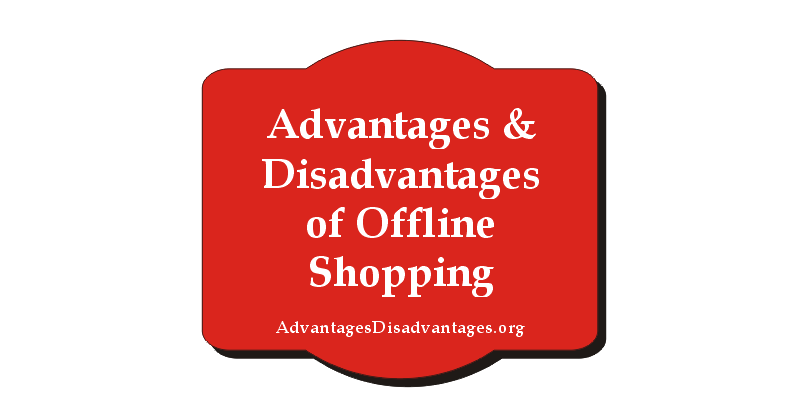Tech
Adapting to E-Commerce With Pouch-Packaged Products
The advent of e-commerce has transformed the way we shop and receive products, offering convenience and accessibility like never before.
With this shift in consumer behavior, businesses are challenged to adapt their packaging strategies to ensure that products, especially those packaged in flexible pouches, arrive at their destination in optimal condition.
Let us now explore the unique challenges posed by e-commerce shipping for flexible pouch-packaged products and present innovative solutions to address these issues.
Table of Contents
The Challenges of E-Commerce Shipping for Flexible Pouch-Packaged Products
While e-commerce offers unprecedented convenience, it presents distinct challenges when it comes to shipping products packaged in flexible pouches.
Unlike traditional brick-and-mortar stores where products are handled by staff and customers, e-commerce products face a complex journey involving multiple touchpoints, modes of transportation, and potential hazards. These challenges include:
Protection During Transit:
Flexible pouches are designed to be lightweight and efficient, but this very flexibility can lead to concerns about protection during transit.
Pouches containing fragile or perishable items are susceptible to impacts, pressure, and environmental conditions that can compromise the integrity of the packaging and the product within. Products that might melt, warp, or lose potency, like when you are packaging snacks, packaging bath salts or packaging cannabis, will benefit from barrier pouches.
Product Dispersion:
Flexible pouches contain varying amounts of air, depending on the product. During transit, air can shift, causing products to move around within the pouch. This can lead to uneven pressure on the pouch, increasing the risk of punctures or leaks.
Environmental Factors:
E-commerce products can be exposed to a range of temperature and humidity conditions during transportation and storage. For products that are sensitive to these factors, such as certain foods or cosmetics, maintaining the appropriate environment is essential to ensure product quality upon delivery.
Branding and Presentation:
Flexible pouch-packaged products often rely on attractive branding and visual appeal. However, e-commerce shipping can subject packages to rough handling, potentially leading to scuffs, wrinkles, or distortion of the packaging, which can undermine the brand’s image and consumer perception.
Innovative Solutions for E-Commerce Packaging Challenges
To successfully navigate the challenges posed by e-commerce shipping, businesses must adopt innovative packaging solutions that prioritize protection, convenience, and branding. Here are several strategies to consider:
Customized Cushioning and Padding:
To safeguard products from impacts and pressure during transit, businesses can use customized cushioning and padding solutions. These can include foam inserts, air-filled pouches, or molded packaging that snugly encases the flexible pouch. This tailored protection minimizes movement within the package and mitigates the risk of damage.
Secure Sealing Mechanisms:
Addressing the issue of product dispersion within flexible pouches involves introducing secure sealing mechanisms. Brands can incorporate zipper locks, adhesive seals, or tamper-evident features that prevent products from shifting during transit, maintaining the pouch’s structural integrity.
Temperature-Controlled Packaging:
For temperature-sensitive products, investing in temperature-controlled packaging is vital. Insulated pouches, along with cold packs or heat-resistant materials, ensure that products remain within the specified temperature range, preserving their quality and effectiveness.
Protective Outer Packaging:
To counteract the potential rough handling of packages during e-commerce shipping, brands can use protective outer packaging. Corrugated boxes, padded mailers, or even rigid envelopes provide an additional layer of protection for the flexible pouch, safeguarding its appearance and maintaining the integrity of the brand’s visual identity.
Smart Labeling and Tracking:
Incorporating smart labeling and tracking technology allows businesses and consumers to monitor the journey of the package. This real-time tracking enables recipients to anticipate the delivery and take precautions to receive the package promptly, minimizing the chances of prolonged exposure to unfavorable conditions.
Conclusion
As the e-commerce landscape continues to evolve, businesses must be proactive in addressing the challenges posed by shipping flexible pouch-packaged products. By embracing innovative packaging solutions that prioritize protection, branding, and convenience, brands can ensure that their products reach consumers in optimal condition.
Adapting to the unique demands of e-commerce shipping requires a holistic approach that considers the fragility of the packaging, the nature of the product, and the customer’s experience.
With the right strategies in place, businesses can not only overcome these challenges but also enhance consumer satisfaction, bolster brand loyalty, and ultimately thrive in the dynamic world of e-commerce.

-

 Health6 years ago
Health6 years agoAdvantages and Disadvantages of Milk
-

 Tech4 years ago
Tech4 years ago6 Tips to Improving E-Commerce Websites
-

 Home6 years ago
Home6 years agoAdvantages and Disadvantages of Village Life in Points
-

 Travel5 years ago
Travel5 years agoAdvantages and Disadvantage of Travelling
-

 Sports4 years ago
Sports4 years agoThe benefits of playing an online live casino
-

 Tech6 years ago
Tech6 years ago10+ Advantages and Disadvantages of Mobile Phones in Points
-

 Tech5 years ago
Tech5 years agoEssay on Advantages and Disadvantages of Offline Shopping
-

 Tech5 years ago
Tech5 years ago8+ Advantages and Disadvantages of Motorcycle |Having Bike